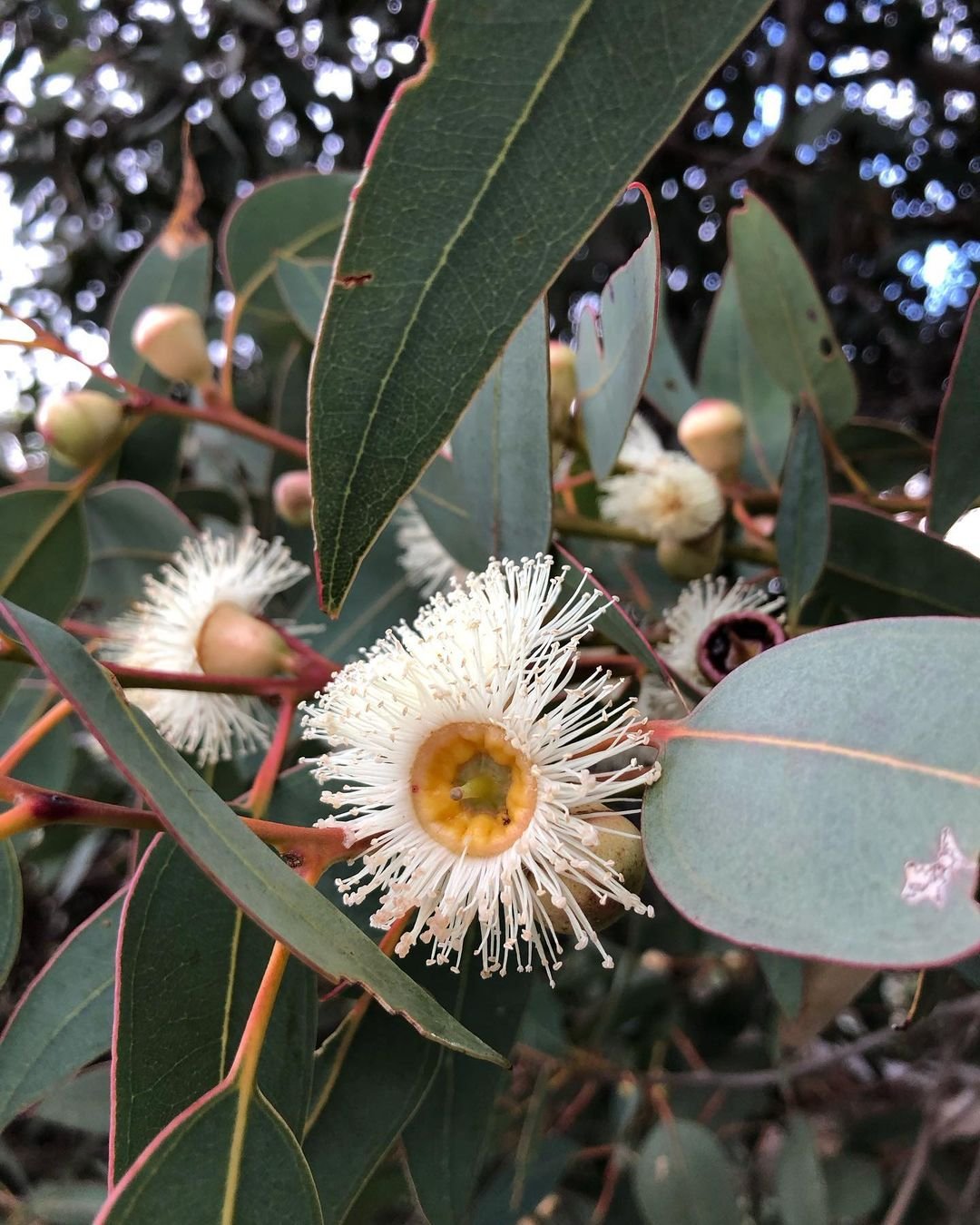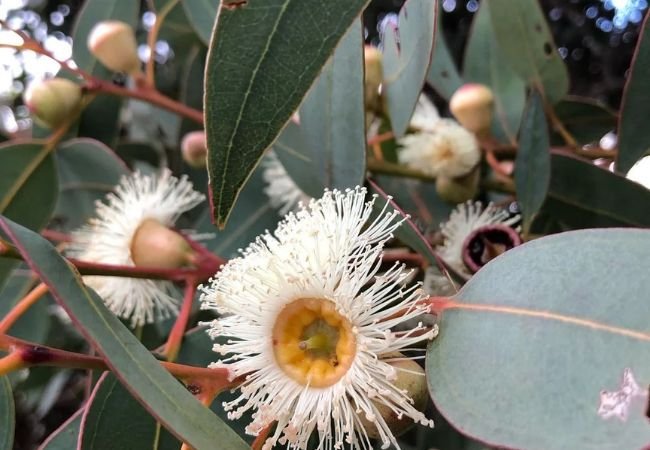Discover how to grow Eucalyptus in your garden. This guide covers planting, care and tips for cultivating these aromatic trees with unique flowers in various US regions.
Have you ever smelled the fresh, clean scent of eucalyptus? While we often think of eucalyptus for its leaves, these trees also produce interesting flowers. Let’s explore how you can grow eucalyptus in your garden and enjoy its unique beauty.
Here’s an easy and verified information chart for Eucalyptus:
| Category | Information |
|---|---|
| Botanical Name | Eucalyptus spp. |
| Common Name | Eucalyptus |
| Plant Zone | Zones 7-11 |
| Sun Exposure | Full sun |
| Soil Type | Well-drained, fertile soil |
| Watering | Moderate; drought tolerant once established |
| Growth Habit | Evergreen tree or shrub |
| Height/Spread | Varies widely by species; from 10 feet (3 meters) tall as shrubs to over 300 feet (91 meters) tall as trees |
| Special Features | Aromatic foliage, attractive bark, commonly used in landscaping, timber production and essential oils |
What is Eucalyptus?

Eucalyptus is a group of trees native to Australia. There are over 700 species, ranging from small shrubs to tall trees. While they’re known for their fragrant leaves, eucalyptus trees also produce fluffy, colorful flowers.
For a detailed botanical description, check out the USDA Natural Resources Conservation Service plant guide.
Why Grow Eucalyptus?
- Aromatic leaves and flowers
- Fast-growing and low-maintenance
- Attractive to bees and other pollinators
- Can be used for cut foliage arrangements
How to Plant Eucalyptus
When to Plant
Plant eucalyptus in spring after the last frost. To find out when that is in your area, use the USDA Plant Hardiness Zone Map.
Where to Plant
Eucalyptus trees need full sun. Choose a spot that gets at least 6 hours of direct sunlight daily.
Soil
These trees prefer well-draining soil. They can tolerate poor soil but do best in slightly acidic conditions. Learn more about soil types from the University of Illinois Extension.
Planting Steps
- Dig a hole twice the size of the root ball
- Place the tree in the hole at the same depth it was in its container
- Fill with soil and water thoroughly
Caring for Your Eucalyptus
Water
Water young eucalyptus trees regularly for the first year. Once established, they’re drought-tolerant.
Fertilizer
Feed your eucalyptus with a balanced, slow-release fertilizer in spring. The Clemson Cooperative Extension offers advice on fertilizing trees.
Pruning
Prune eucalyptus in late winter or early spring to maintain shape and size.
Winter Care
In colder regions, eucalyptus may need protection in winter. Consider wrapping the trunk or planting in a sheltered location.
Common Problems and Solutions
- Leaf Spot: This fungal disease can cause spots on leaves. The University of California Integrated Pest Management Program provides information on managing leaf spot diseases.
- Root Rot: This occurs in poorly-draining soils. Ensure good drainage and avoid overwatering.
- Frost Damage: In colder areas, frost can damage eucalyptus. The Oregon State University Extension Service offers tips on dealing with frost-damaged plants.
Different Types of Eucalyptus
- Silver Dollar Gum (Eucalyptus cinerea): Known for its round, silvery leaves
- Rainbow Eucalyptus (Eucalyptus deglupta): Famous for its colorful bark
- Lemon-Scented Gum (Corymbia citriodora): Has a strong citrusy aroma
For more information on eucalyptus varieties, visit the Missouri Botanical Garden’s plant finder.
Interesting Facts About Eucalyptus
- Eucalyptus flowers are called “gum nuts” because of their shape
- Koalas primarily eat eucalyptus leaves
- Eucalyptus oil is used in many products, from cough drops to cleaning supplies
Growing Eucalyptus in Different Regions
Eucalyptus can be grown in many parts of the USA, but it needs special care in some regions:
- In warmer areas (like the South and West Coast), eucalyptus can grow as a tree
- In colder regions (like the Northeast or Midwest), it’s often grown as an annual or in containers that can be brought indoors for winter
For region-specific gardening advice, check out the Cooperative Extension System website.
Eucalyptus trees can add a touch of the Australian outback to your garden. With their aromatic leaves and unique flowers, they’re sure to be a conversation starter. Just remember to check if they’re suitable for your specific climate before planting.
For more information on growing trees in your garden, visit the Arbor Day Foundation website.
For more gardening tips and plant care guides, visit usagardenhub.com.







One comment on “Eucalyptus : The Aromatic Wonder in Your Garden”